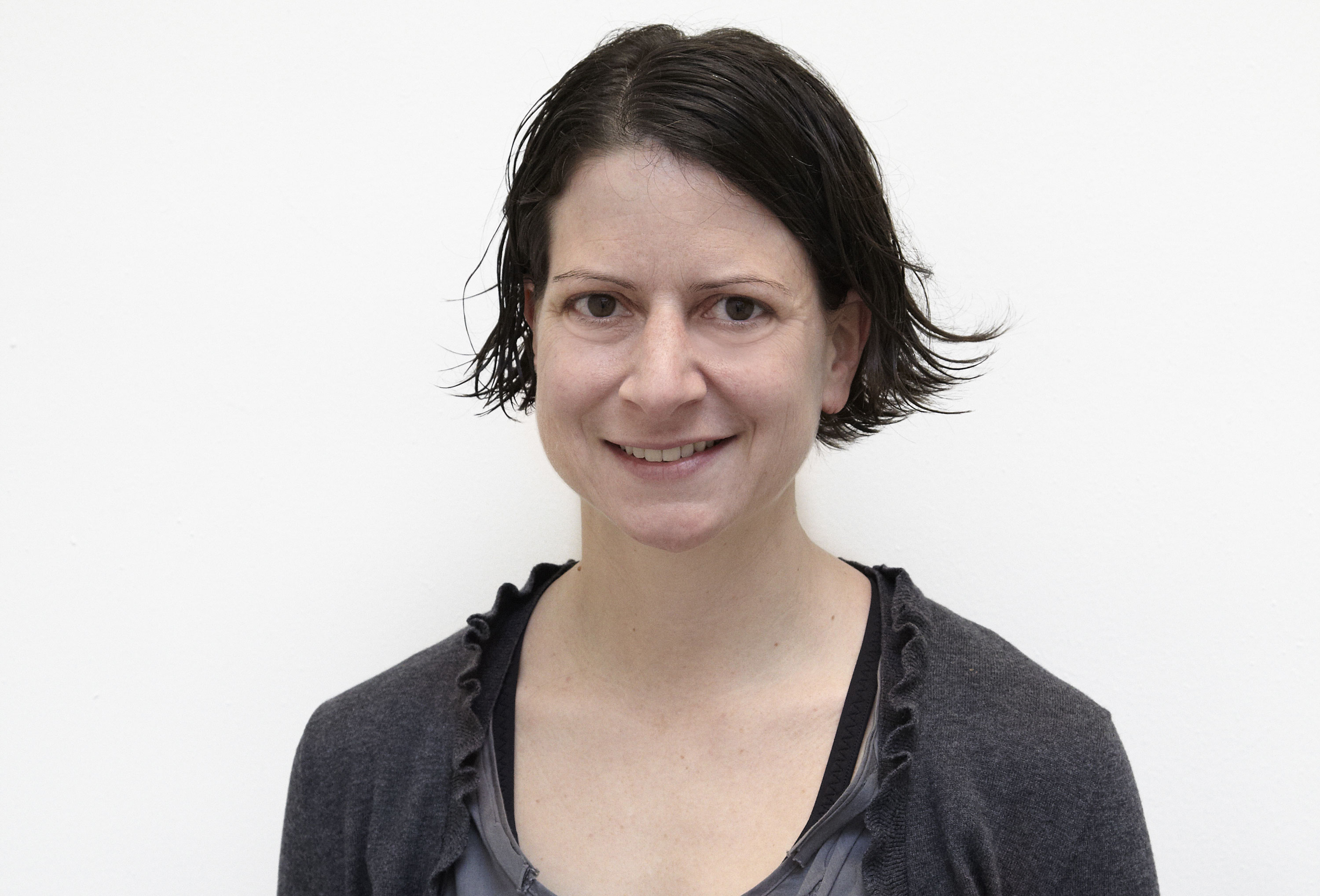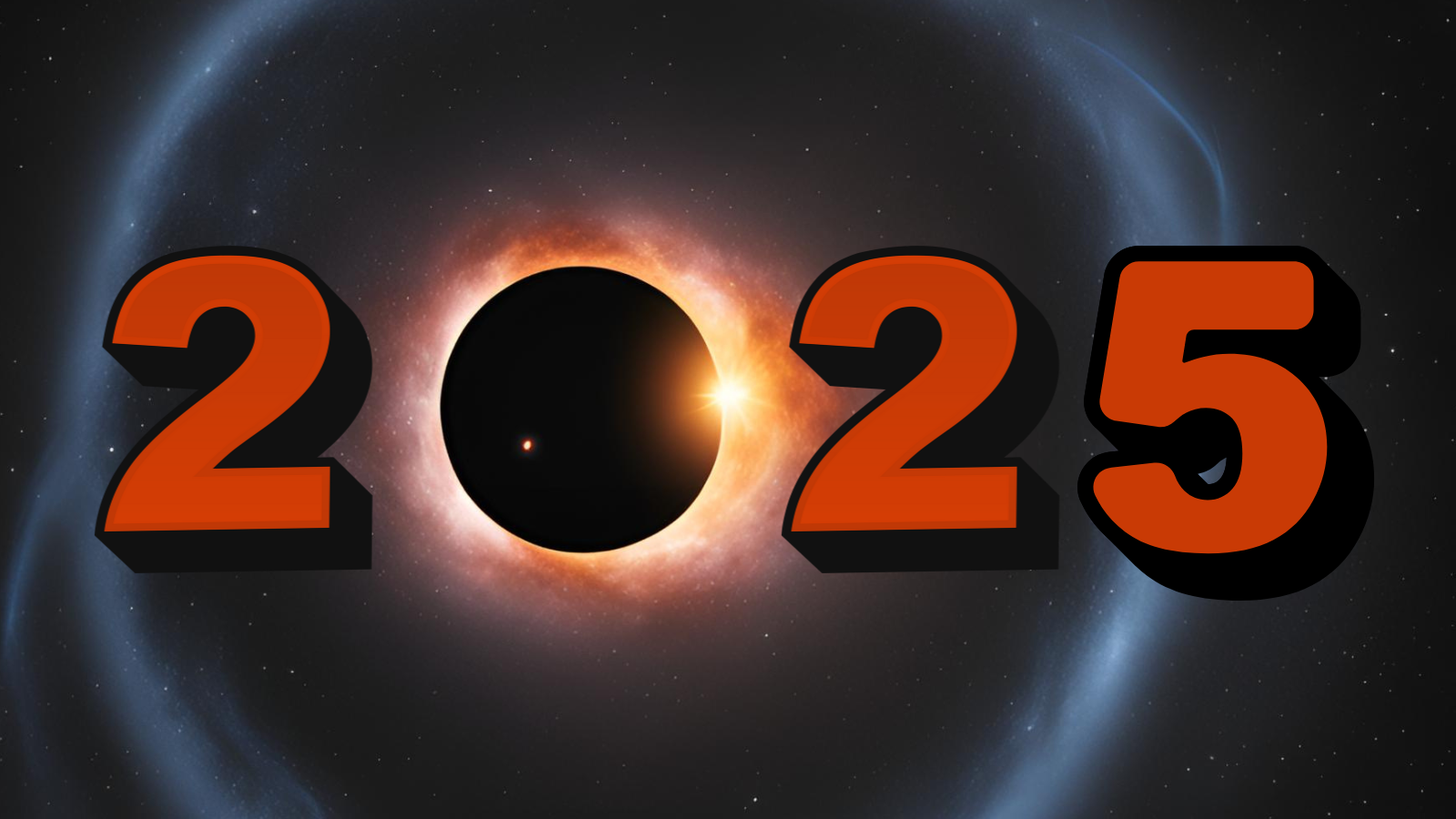Rogue Black Holes Might Fill Our Galaxy
AUSTIN, Texas — Our home galaxy could be chockfullof rogue black holes that devour anything that crosses their paths, newcomputer simulations suggest.
Black holesare collapsed stellar corpses that trap all matter and light entering them, sothey can't be seen directly. Instead, astronomers infer their existence bymeasuring their gravitational effects on other objects or by the radiation thatshoots out of their chaoticenvironments.
When twoblack holes merge, under certain conditions the energy produced can kick thenewly merged black hole clear out of its galaxy at jaw-dropping speeds, thesimulations suggest. The masked fugitive is called a rogueblack hole.
?Rogueblack holes like this would be very difficult to spot,? said astronomer KellyHolley-Bockelmann of Vanderbilt University, who presented the speculativeresults here at a meeting of the American Astronomical Society.
?Unlessit's swallowing a lot of gas, about the only way to detect the approach of sucha black hole would be to observe the way in which its super-strengthgravitational field bends the light that passes nearby," she said.
Somemergers would also create gravitational waves, which would be strong enough tohurl the merged black hole at speeds as high as 2,485 miles per second (4,000kilometers per second).
"Thisis much higher than anyone predicted. Even the average kick velocity of 200kilometers per second is extremely high when compared to the escapevelocities of typical astronomical objects," Holley-Bockelmann said."We realized that basically any black hole merger would kick the newremnant out of a globular cluster, because the escape velocity is less than 100kilometers per second."
Breaking space news, the latest updates on rocket launches, skywatching events and more!
Holley-Bockelmannand her team focused on intermediate black holes thought to weigh a fewthousand times as much as the sun. Their existence is controversial, but theyare thought to inhabit globular clusters, or crowds of 100,000 to a millionancient starsherded together by gravity.
They rancomputer simulations of intermediate mass black holes as they merged withstellar-sized black holes, which typically pack the mass of a few suns. Payingclose attention to the resulting "kick," they looked at a range ofdifferent-massed black holes with randomly selected spins and spinorientations.
Resultsshowed that even if every globular cluster in our galaxy started out with anintermediate-sized black hole, only 30 percent of these would hold onto them througha merger.
Taking thespeculation a step further, if the roughly 150 to 200 globular clusters knownto reside in the Milky Way have spawned intermediate-sized black holes, 100 ormore of them are probably wandering invisibly around our galaxy, theresearchers conclude.
- Video: Black Holes: Warping Space and Time
- Video: Death Star Galaxy
- Top 10 Strangest Things in Space

